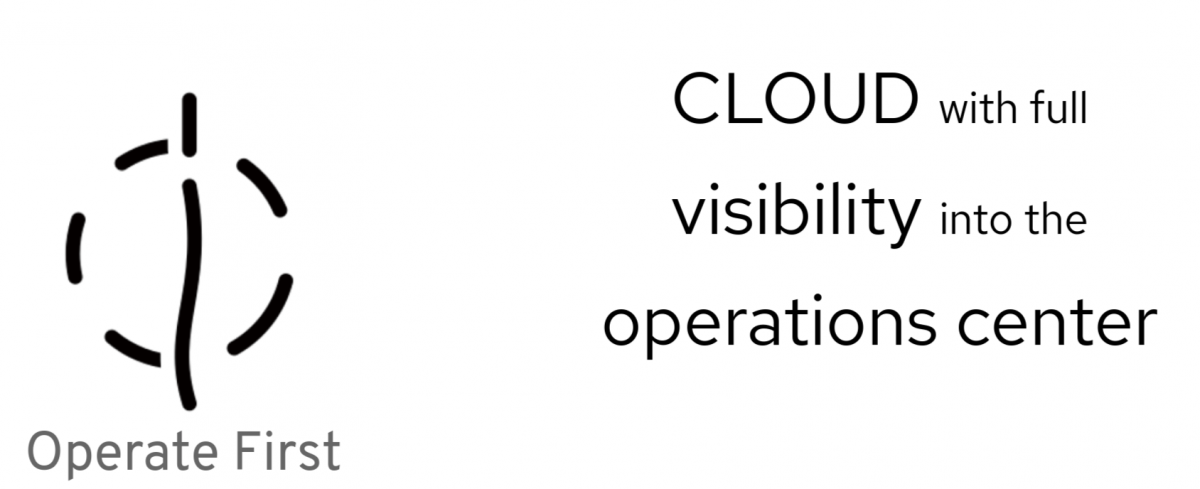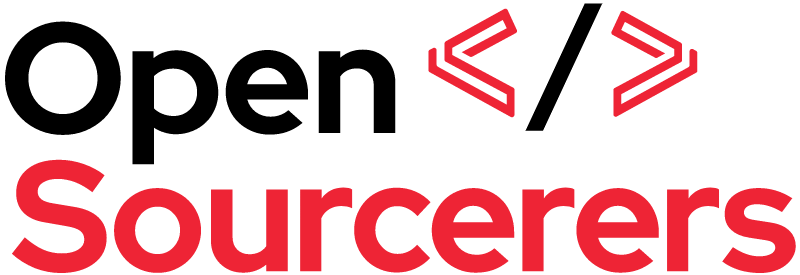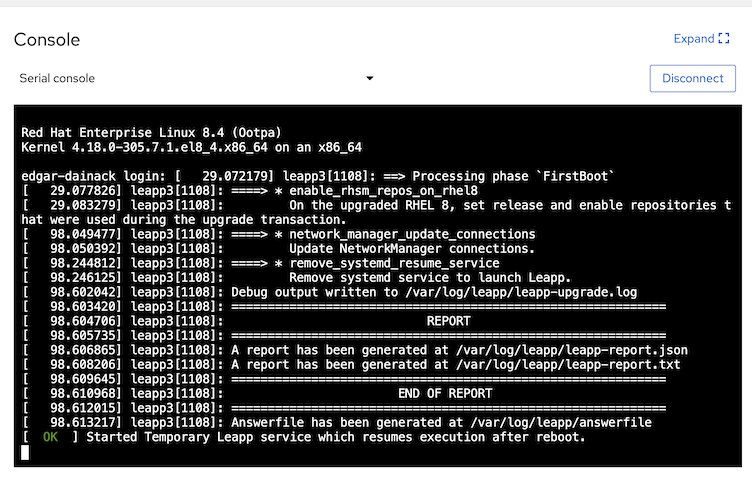An interview with my colleagues Marcel Hild and Robert Bohne on new ways to apply Open Source principles to operating software. Ingo: Hello Robert, hello Marcel! Nice to have you here! And today we have an interesting topic “operate first” and I’m very curious what that really means. So, Marcel and Robert, please introduce […]









